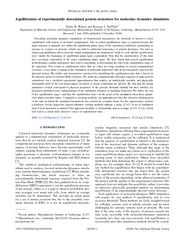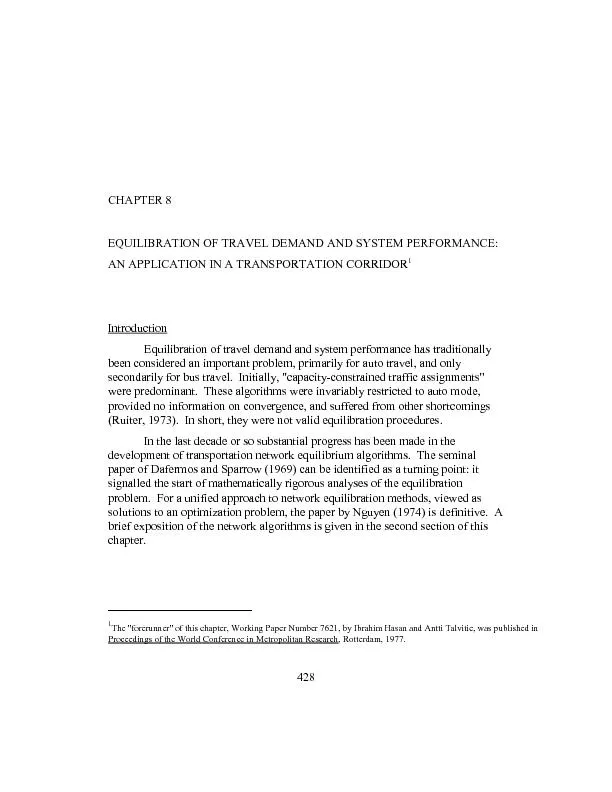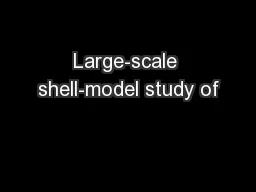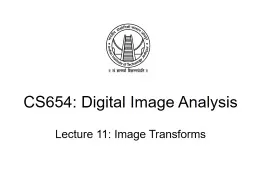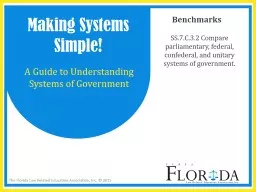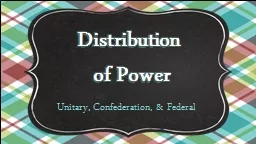PPT-Equilibration and Unitary
Author : phoebe-click | Published Date : 2016-04-07
k Designs Fernando GSL Brand ão UCL Joint work with Aram Harrow and Michal Horodecki arXiv12080692 IMS September 2013 Dynamical Equilibration State at time
Presentation Embed Code
Download Presentation
Download Presentation The PPT/PDF document "Equilibration and Unitary" is the property of its rightful owner. Permission is granted to download and print the materials on this website for personal, non-commercial use only, and to display it on your personal computer provided you do not modify the materials and that you retain all copyright notices contained in the materials. By downloading content from our website, you accept the terms of this agreement.
Equilibration and Unitary: Transcript
Download Rules Of Document
"Equilibration and Unitary"The content belongs to its owner. You may download and print it for personal use, without modification, and keep all copyright notices. By downloading, you agree to these terms.
Related Documents


